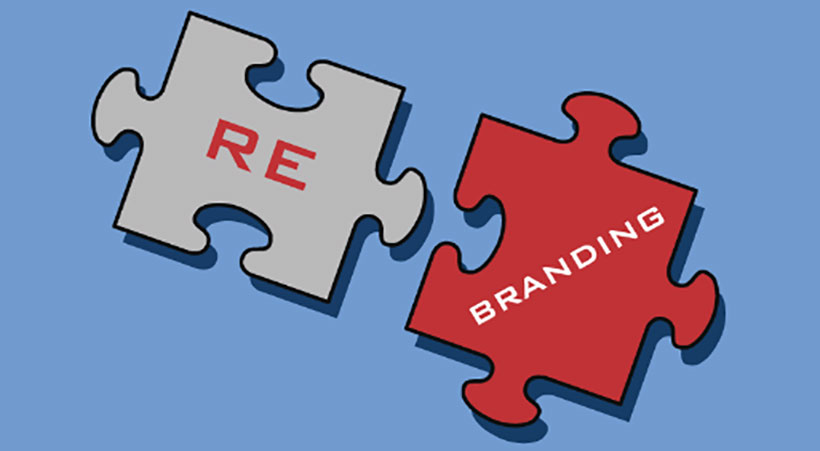Rebranding After a Merger

The merger mania in healthcare is not limited to health insurance companies, pharma companies, medical device and medical software companies.
Mergers and acquisitions of and between hospitals merging with health systems has been a major industry trend over the past decade. More recently, a significant number of independent practices have merged to form “super groups.”
Even though merger-related brand strategy is hardly a new topic, many in the healthcare provider community continue to struggle with successful rebranding after the merger of previously separate brands.
Here is a brief summary of what my experience over 30 years in branding and rebranding healthcare businesses have taught me to view as the most critical success factors of successful post-merger rebranding. These factors are in no way unique to the healthcare industry and it’s often useful to understand what other industries have done in a similar situation.
Combining Brands vs Brand Transition
Decide whether to combine brands as a semi-permanent new brand (sometimes referred to as a blending strategy or “fusion branding”) or to conduct a brand transition where one brand is gradually absorbed into the other. Both options can work, but you need to make the right decision regarding which approach works best based on the business strategy of the merged organization.
For example, if both brands are well known and well regarded in the market and have complimentary strengths and capabilities that are not simply redundant strengths and capabilities, then a blended branding strategy is often the better choice.
However, if one brand is much better known and/or much more highly regarded that the other, a brand transition to the better-known and/or better-regarded brand is the best option. This strategy is defined as a “transition” because neither brand disappears overnight after a merger. The two brands are co-marketed for a period of time (generally 6-18 months) before the secondary brand is no longer used in the marketing and branding strategies of the business.
Consistent Business Culture
A successful brand is far more than just the name, logo or other visual images of the business. Great brands are hallmarks of consistency of the customer experience. (Think Starbucks.)
After a merger, the two business cultures need to be blended into one consistent culture and basis for consistent customer experiences. In those relatively rare circumstances that the combined brands already bring virtually identical business cultures into a merger, this transition is obviously much easier and faster.
However, most merged companies have to engage in a challenging process of determining what the business culture is going to be and then institute a process for bringing everyone in the blended organization into alignment with the culture that the merged brand intends to foster. A tougher period of adjustment may be required for people in the merged organization who have not operated in the culture that will be adopted.
One of the biggest mistakes that a company can make when merging two entities is to defer or even ignore the brand culture issues and conflicts that will have a profound impact on the success of the merged brand.
Brand Standards
A set of brand standards must be developed for the merged brand. This includes the name and logo, of course, but also the website, the marketing materials, collateral, advertising, external and internal signage and even uniforms.
Brand standards are not just visual. The way the phones are answered and how the brand “talking points” are communicated by employees to patients, to referring physician offices and to each other must also be part of the brand standards.
Introduction and Rollout of the Rebrand
Before the rebrand is ready to be launched, a set of strategies, activities and communications for the launch needs to be planned out with a timeline and calendar. Timing of the introduction of the rebrand to different constituencies (employees, patients, referring physicians, employers, insurance companies) must also be determined.
For anyone reading this who would like more specific input on how these issues apply to your specific business situation, feel free to contact me at (949) 633-7356 or by email to Lonnie.Hirsch@HirschHealthConsulting.com.



Leave A Comment
You must be logged in to post a comment.